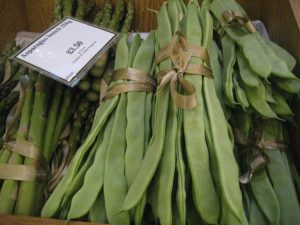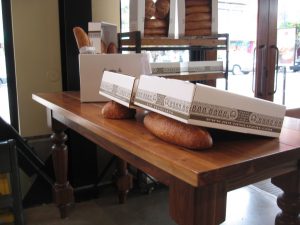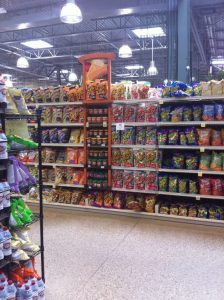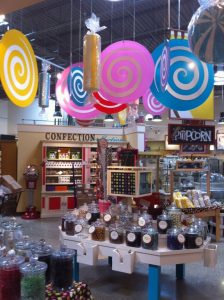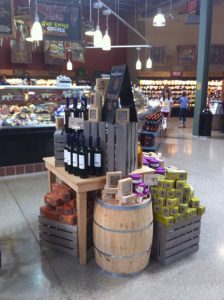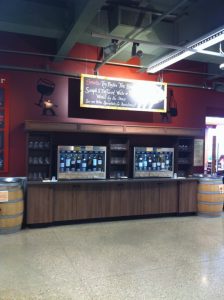The State Fair is a setting that can overwhelm the senses. Flashing lights, thrilling sounds and the smell of sugary and savory foods. I was so overtaken by the smell of the food that I decided the smell alone was filling enough.
The fact that our senses are linked to our emotions is no secret in retail. To exploit the deeper emotional connection to food, many retailers are encouraging customers to take “journey breaks” that allow them to literally hang out and relax in designated areas along a retail path. Eataly in New York seats diners right next to produce for a full sensual hit and complete immersion into the “farm-to-table experience.” At a Kroger Marketplace in Columbus, Ohio there is a book and magazine lounge with sofas adjacent to a Starbucks kiosk, inviting grocery store customers to sit and enjoy the moment. Giant Eagle Market District has a stop-spot for self-serve wine sampling by way of vending machine; while Wegman’s incorporates a seafood bar, grill and veggie bar into the ho-hum activity of grocery shopping.
Targeting sense and emotion is one strategy that grocers are using to keep up with customers’ elevated expectations of food. Today, people are more sensitive and aware of their food than ever before; they want to know where it comes from and how it’s grown. The demand for more gourmet and specialty items is also increasing and as a result, food merchandising is seeing a trend towards ‘specialness’- treating an exotic fruit the same way that you would treat a high-end piece of jewelry. Shinsegae department store in Korea uses the same luxury materials and decor on its floor that sells food as on its floors that sell designer goods.
Food and fashion literally went hand-in-hand a few years ago with the infamous meat dress that pop star Lady Gaga wore to the 2010 MTV Video Music Awards. Designers are now experimenting with actual materials derived from food and the societal perceptions of those materials. Diana Kovacheva, a textile designer, is addressing fast-fashion and disposability in her project “Transient Consumables.” In that spirit she is exploring the idea of creating more sustainable fashion by fabricating wearable surfaces from food ingredients. Harvey Nichols brought a literal “market” into the windows when the retailer mixed designer handbags in crates with mannequins clad in lettuce, cabbage, and oranges.
As a food retailer how do you elevate the shopping experience to this level?
Copy fashion.
If retailers can use food why can’t grocers use fashion? Think about holidays and the fashion calendar and have a plan to change according to season. Windows are where the retail game begins. The story (and personality of the brand) starts here and unfolds for the customer as they journey through the store. View the windows as a series or steps for the customer to experience in the store, as if creating a meal. Giant Eagle in Columbus, Ohio had a “sidewalk sale” with flowers in a clever way to engage customers – with a wink at fashion retail.
Advertisement
Combine trends with food.
Americans are becoming “Vegivores” as the humble veggie is more and more the main dish around the supper table. Lead the way and show customers how to eat healthier! Promote vegetarian sushi in produce and make fruit tempting as well: place figs in a prominent spot with a pairing item, provide samples and really highlight their variations through color. Eataly’s “Vegetable Butcher” service washes and chops any vegetable that you bring to them, while you shop.
Take sampling to the next level.
Hubbell and Hudson in Houston give customers a glass of wine to sip as they shop the store, while the aforementioned Giant Eagle Market District in Columbus has self-serve wine vending machines. Offer tastings every day at stores that have a designated counter; otherwise, the space feels unimportant.
Be witty think local.
Be witty and informative with graphic communications. Avocados can be divided into three categories of “Today”; “Tomorrow” and “The Next Day” according to their ripeness. Messages like these are relatable and feel local. Leave on local packaging, wrapping or other signature elements that indicate a personal touch.
Food naturally engages our senses through smell, touch and color; Mother Nature has already done the hard part. Pick up where she left off and think in terms of fashion. You can then create a sensory shopping experience that your customer will be unlikely to forget.
Faith Bartrug of FBD Studios (Columbus, Ohio) has more than a decade of experience in transforming national brands. Her background includes brand strategy, environmental design and visual merchandising, and she has been able to practice what she preaches with leading design firms and clients such as Neiman Marcus, JCPenney and Mark Pi’s.
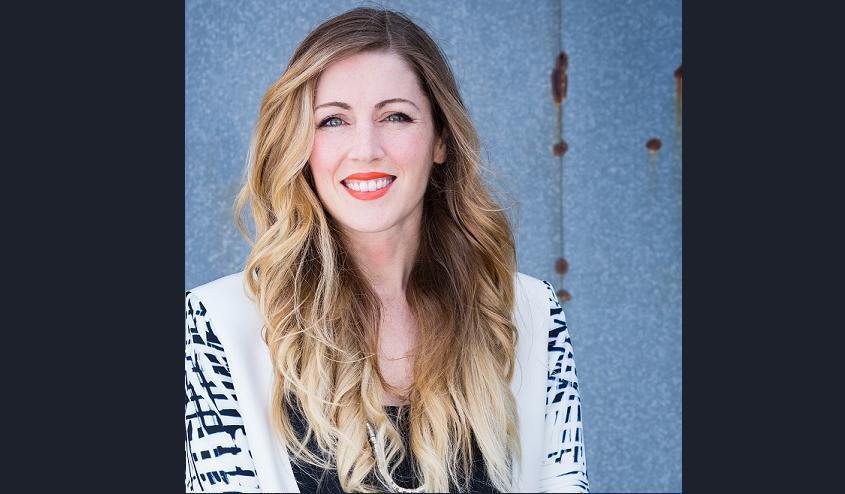

 Photo Gallery1 week ago
Photo Gallery1 week ago
 Headlines3 days ago
Headlines3 days ago
 Headlines1 week ago
Headlines1 week ago
 Headlines1 week ago
Headlines1 week ago
 Designer Dozen2 weeks ago
Designer Dozen2 weeks ago
 Headlines1 week ago
Headlines1 week ago
 Designer Dozen7 days ago
Designer Dozen7 days ago
 Headlines1 week ago
Headlines1 week ago

